Belstaff A/W 2015
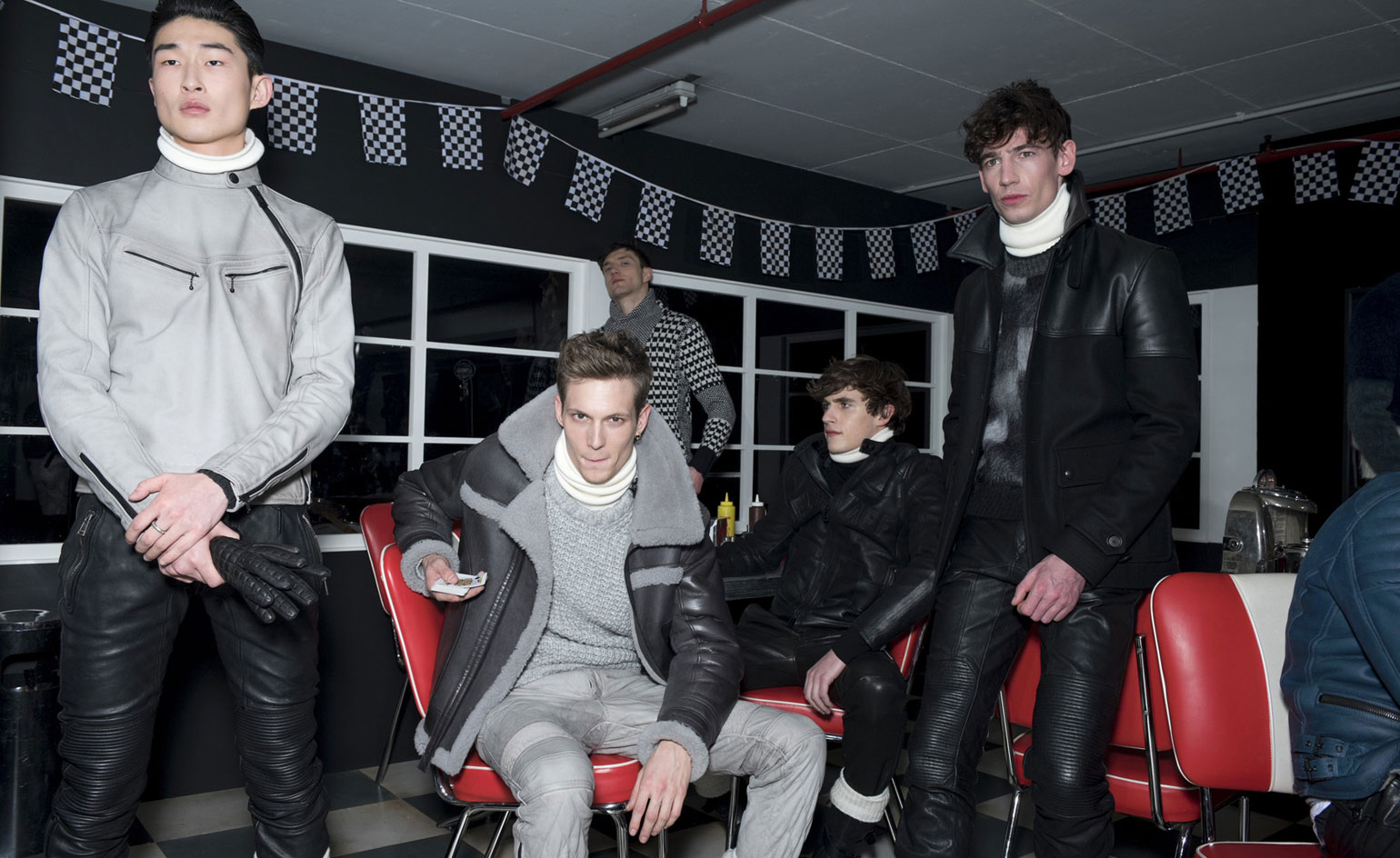
Scene setting: As we descended on Belstaff's presentation, we were plunged into the 1950s subculture of the 'ton-up' boys. In an underground Westminster car park, motorcycle veterans covered in pins greeted us while indie rock band The Propellers performed. Inside, model bikers took a break from life on the road by hanging around, drinking tea and playing board games.
Mood Board: Inspired by this particular and peculiar way of life, Belstaff's head of menswear Frederik Dyhr let the atmosphere breathe masculinity and easy-going leisure, mainly in black, red and white leather, spruced up by shearling or fur trims.
Best in show: White layered turtlenecks translated the need for warmth on a windy road elegantly, as did the many leather jumpsuits and heavy-duty white leather coats.
Photography: Jason Lloyd-Evans
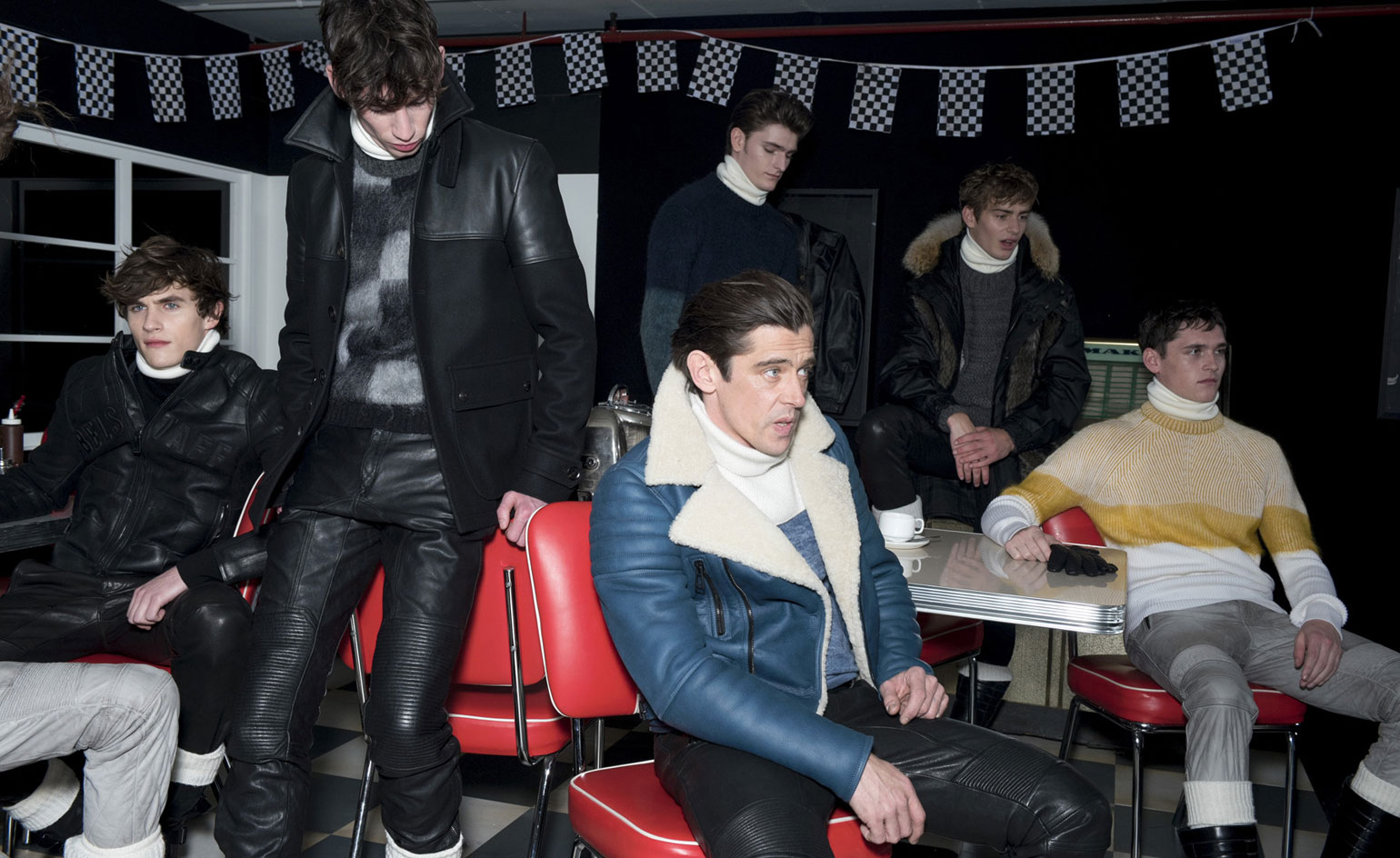
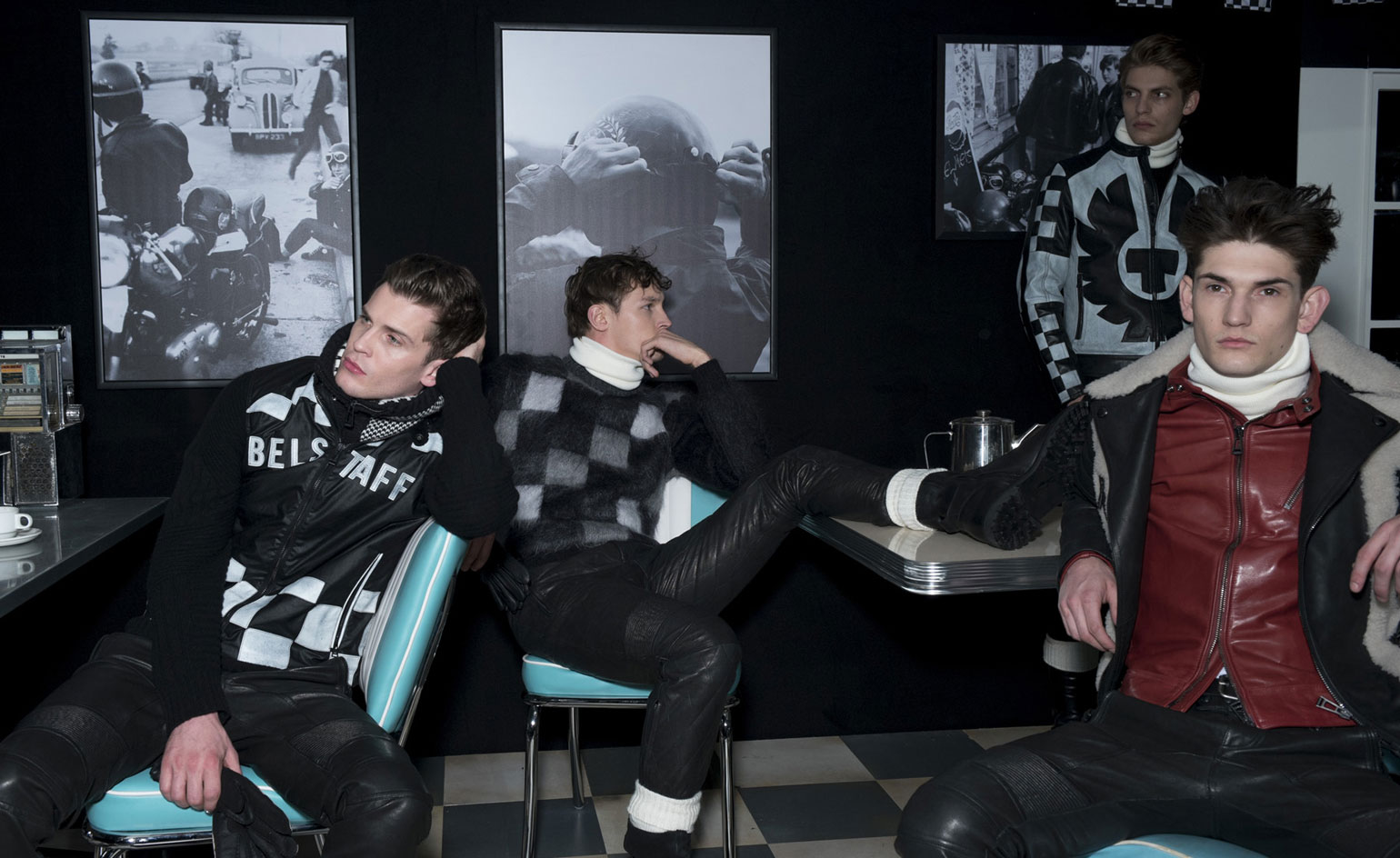
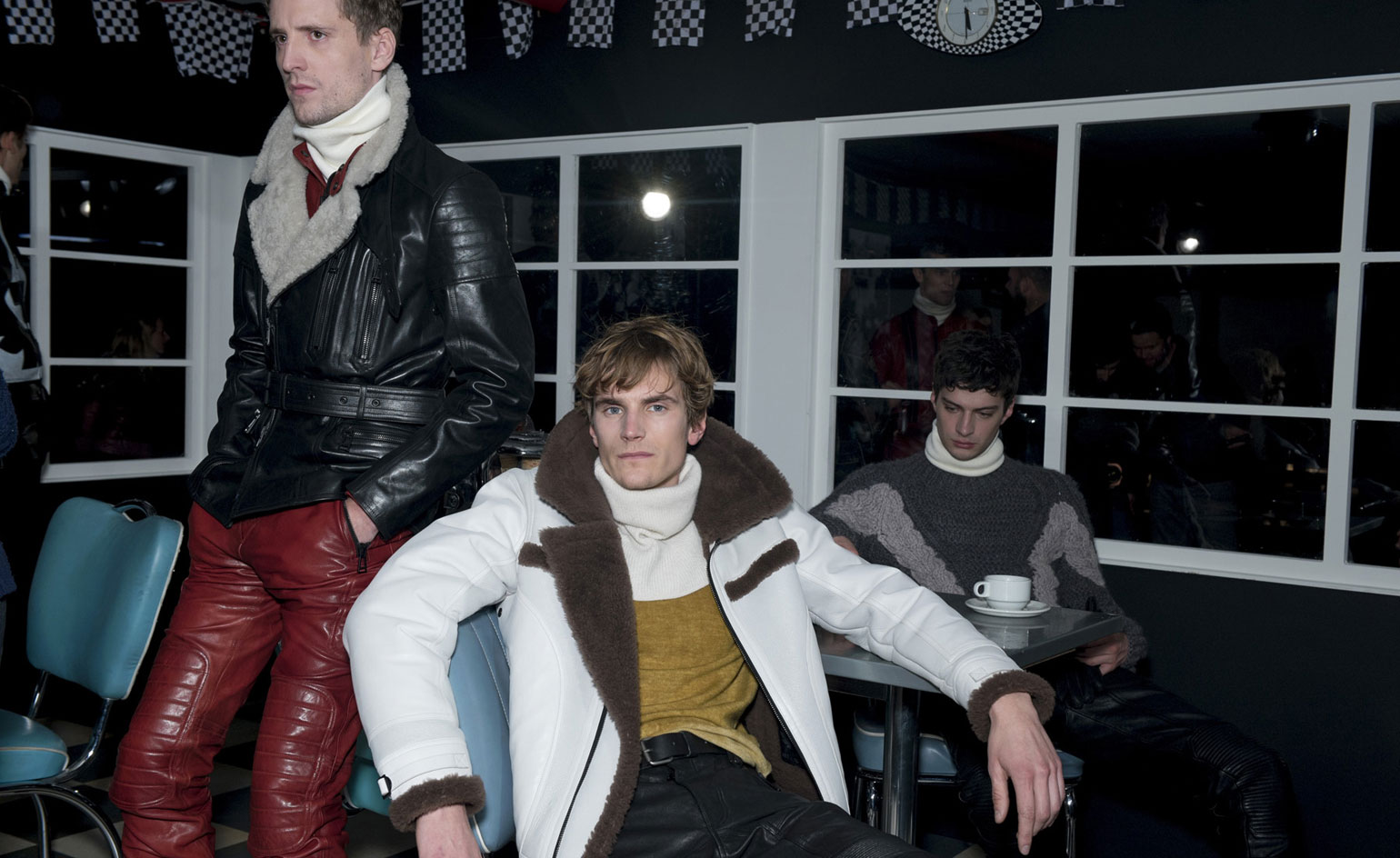
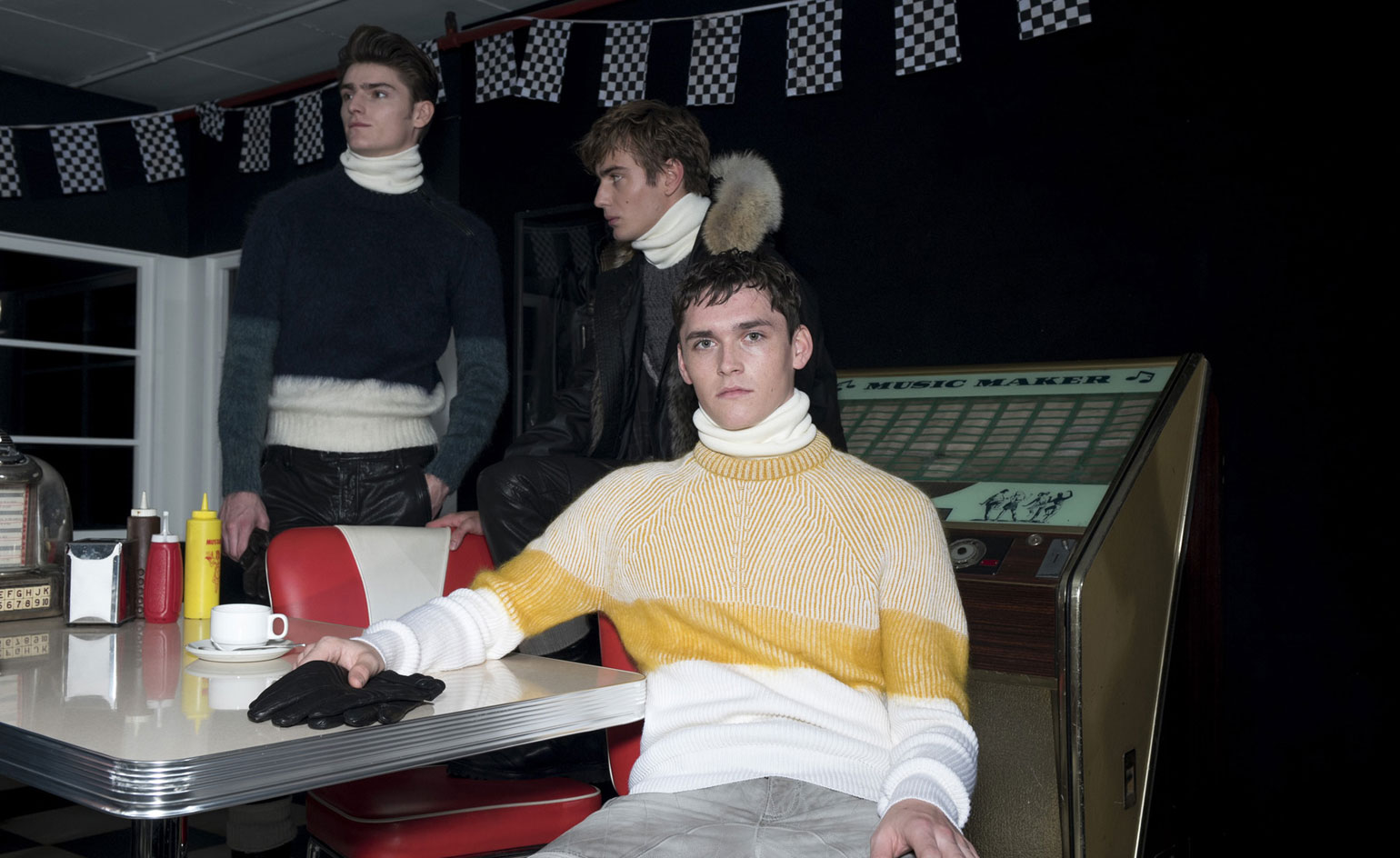
Receive our daily digest of inspiration, escapism and design stories from around the world direct to your inbox.
Siska Lyssens has contributed to Wallpaper* since 2014, covering design in all its forms – from interiors to architecture and fashion. Now living in the U.S. after spending almost a decade in London, the Belgian journalist puts her creative branding cap on for various clients when not contributing to Wallpaper* or T Magazine.
-
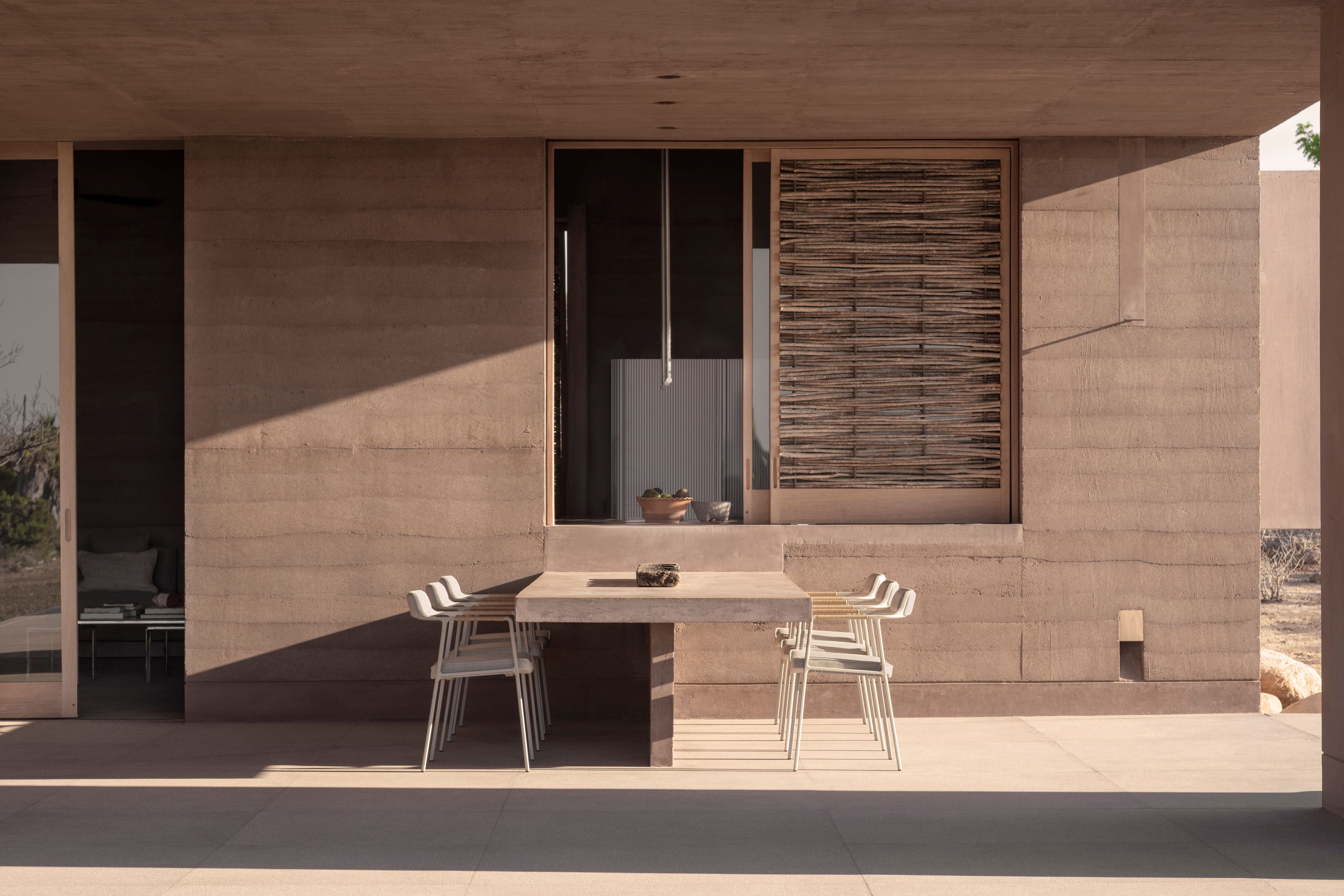 This Mexican architecture studio has a surprising creative process
This Mexican architecture studio has a surprising creative processThe architects at young practice Pérez Palacios Arquitectos Asociados (PPAA) often begin each design by writing out their intentions, ideas and the emotions they want the architecture to evoke
-
 The Bombardier Global 8000 flies faster and higher to make the most of your time in the air
The Bombardier Global 8000 flies faster and higher to make the most of your time in the airA wellness machine with wings: Bombardier’s new Global 8000 isn’t quite a spa in the sky, but the Canadian manufacturer reckons its flagship business jet will give your health a boost
-
 A former fisherman’s cottage in Brittany is transformed by a new timber extension
A former fisherman’s cottage in Brittany is transformed by a new timber extensionParis-based architects A-platz have woven new elements into the stone fabric of this traditional Breton cottage